TECHNICAL TERMS ASSOCIATED WITH CROPS
There are many practices associated with different crops. These terms are very important to exam points of view and frequently asked in various agriculture competitive examination and interview too. Here, we have covered almost all the important terms from exam point of view. Let us see each one.
Curing
Especially in FCV tobacco to achieve the desired quality in the cured leaf along with the removal of moisture through drying process is called Curing. It is the process by which the harvested tobacco leaf is ready for the market.
Associated crop: Tobacco and Tea.
Dehaulming in Potato
The act of detaching the vegetative part of the potato plant found above the ground from the root tubers. It is pre-harvest practice which aims at hardening the skin of the tubers thus reduce injuries during post-harvest handling.
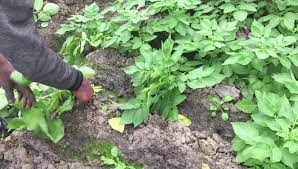
Delinting
In cotton, seeds are removed from kapas the fruiting body which has both seed and lint. In the separated seed, seed coat will have hairy outgrowth and this is the genetic characteristic feature of the seed. These seeds are known as fuzzy seed as the hair like growth is known as fuzz.
Delinting is the chemical process in which H2SO4 (100ml/kg seed) is used to remove fuzz from seed coat in cotton plant.
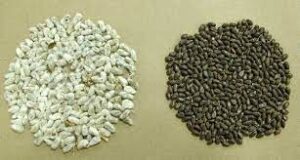
De-suckering
The removal of suckers in banana and tobacco plant is called de-suckering.
In tobacco, when plants are topped, lateral branches or axillary buds grow; the removal of such lateral buds or suckers to divert energy and nutrients from flower head to leaves is called de-suckering.
In banana, it is a form of asexual or vegetative reproduction that makes the banana plant perennial. Removal of lateral buds/suckers from the plant is called De-suckering. It reduces unnecessary competition among suckers and improves the quality of bunches. It is also called thinning of suckers.
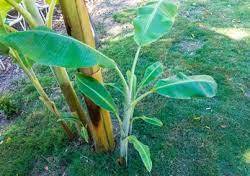
Denavelling
The removal of male bud in banana plant is called Denavelling. It helps in fruit development and increases bunch weight.
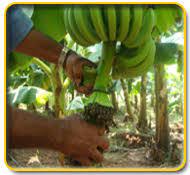
De-tasseling
It is the process of removal of male part or tassel to check self-pollination. During hybridization in maize plants, this process is followed.
Earthing-up
It is the technique of piling soil up around the base of a plant for desired growth. It Supports plants during windy weather, promotes rooting. In potato, burying the potato in an additional few inches of soil yield is improved and the harvest remains edible.
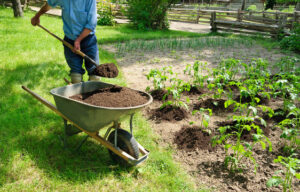
Ginning
Removal of fibre from cotton seed.
Looping
Generally looping is removal of unwanted branches or twigs. Removal of all top branches in fodder, it is the process of cutting fodder crops or forest trees to get fodder, e.g., lucerne.
Nipping or Topping
Removal of tips or apical buds of gram plants when the plants are 2-4 weeks old is called Nipping or Topping. This practice is done in order to break apical dominance and promote lateral growth as a result plant produces more pods and flowers and yield is increased.
Topping is associated with cotton plants.
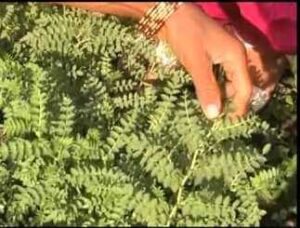
Pegging
In groundnut plants, gynophore is converted into pegs (formation of peg from flower) which goes under the soil and develops into pods. This process is called pegging.
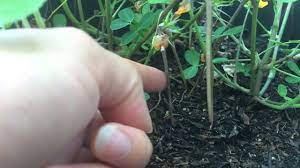
Rabbing
It is the process of burning of trashes, weeds or any other organic refuses on soil surface to kill insect-pest and weeds in soil to make nursery of tobacco disease free.
Ratooning
It is a practice of growing crop from the stubbles of previous crop. Ratooning is older method of propagation in sugarcane give rise to new crop called as Ratoon or stubble crop. This practice is also used in rice, banana and pineapple. Ratoon crops mature earlier, saves cost on preparatory tillage and planting material and also gets benefit of residual manure and moisture.
Retting & Stripping
Retting is the process that involves action of microorganisms and moisture on plants to dissolve or rot away cellular tissues which facilitate separation of fibre from the stem. So it is a process in which fibres get loosened due to decomposition of hard cell walls by the action of bacteria. The bundles are stepped in water at least 60-90cm depth.
Water retting is widely practiced in which bundles of stalks are submerged in water that swells the inner cell when enters and allow bursting the outermost layer. Natural retting employs ponds, bogs and small rivers.
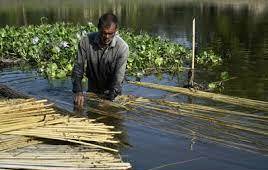
After the retting process, stripping begins. It is the process of removal of fibres from the stalk.
Stalking
In order to provide support to tomato plants,stems are tied to keep fruits off the ground and protect them from sunburn and fruit rot.
Tipping
Removal of leaves from tea plants at a height of 35cm from ground level. Second tipping is done at a height of 60cm from ground level. When the shoots grow in a tea bush after pruning, they are tipped at a predetermined height parallel to the ground surface. By tipping, a flat plucking surface is established for convenient plucking.
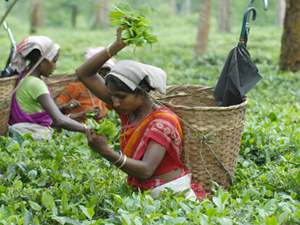
Topping
Removal of upper buds or terminal growing portion is called topping.
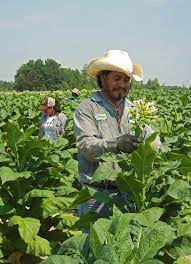
In cotton, removal of terminal growing point once from plants at a height of 1-1.2m to protect further terminal growth and to encourage sympodial branching and boll development by diverting the energy flow.
In tobacco, removal of flower heads and or upper leaves or top leaves from the plants to improve the size, body and quality of leaves. So, energy and nutrients are diverted from flower head to leaves.
Trashing/De-trashing
Sugarcane plants generally have 30-35 leaves. However, all these leaves are not productive, only top 8-10 leaves are required for optimum photosynthesis. The removal of bottom dried and yellowish-green lower leaves from sugarcane plants is called trashing or de-trashing. Therefore, removal of such leaves is necessary otherwise they become parasite.
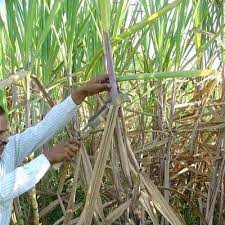
Wrapping, Tying, Propping
The act of mechanical support to grow up cane plants to prevent lodging, this makes proper distribution of CO2. This process is also known as Tying or Propping. The green leaves are wrapped together by taking all canes of one bundle. After wrapping, the clumps in adjacent rows are tied together.
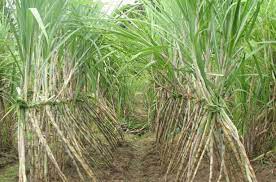
The term propping is used in both banana and sugarcane. Usually, bamboo sticks or wooden sticks are used to support the plants.
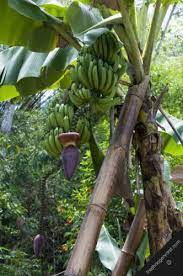
Often, Tying and Wrapping word is not associated with banana because, plants are not wrapped and tied instead supported only.
Read also…
Important Terms in Agronomy
MAJOR CROPS IN INDIA- AN OVERVIEW
CROPPING SEASONS OF INDIA
INTENSIVE FARMING-FEATURES, ADVANTAGE & DISADVANTAGE
FACTORS AFFECTING CROP PRODUCTION
MEASURING INSTRUMENT USED IN AGRICULTURE
IMPORTANT AND SPECIAL DAY IN AGRICULTURE
Very useful content